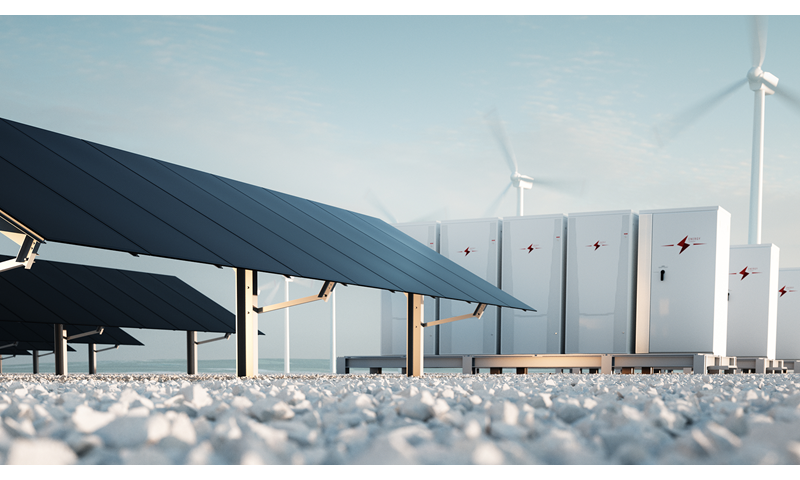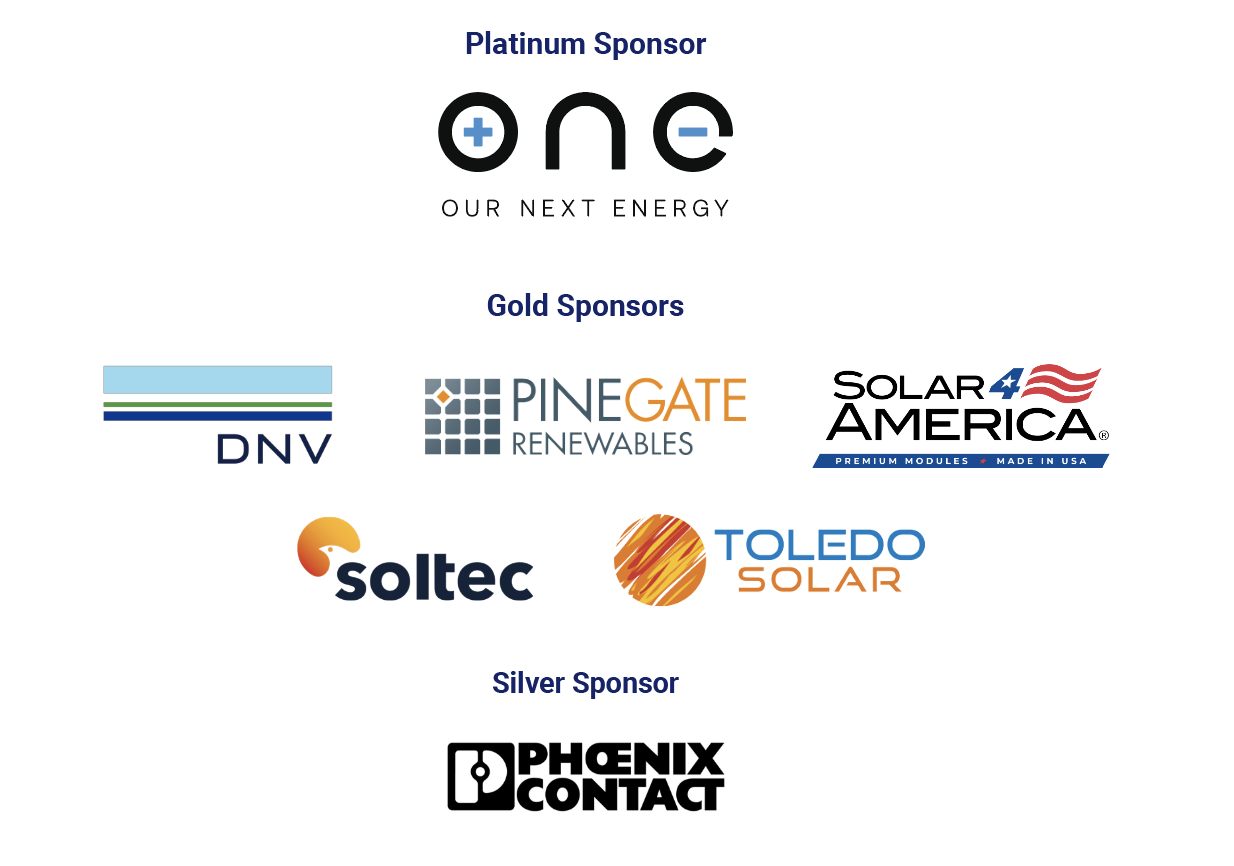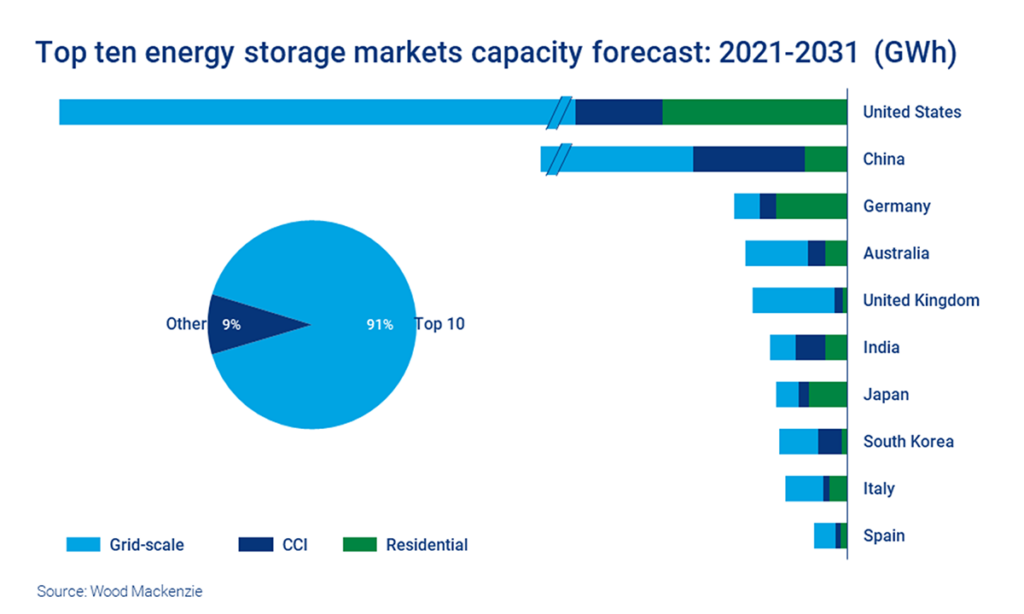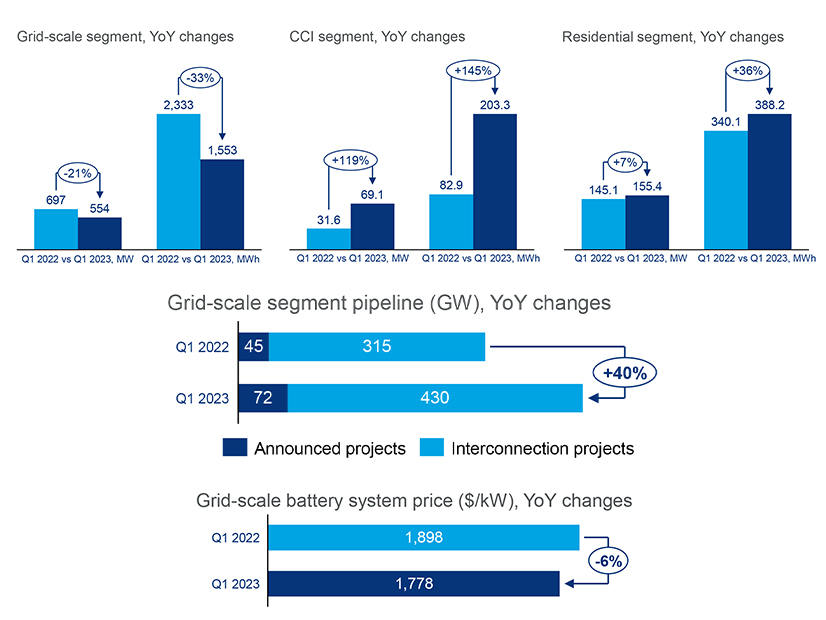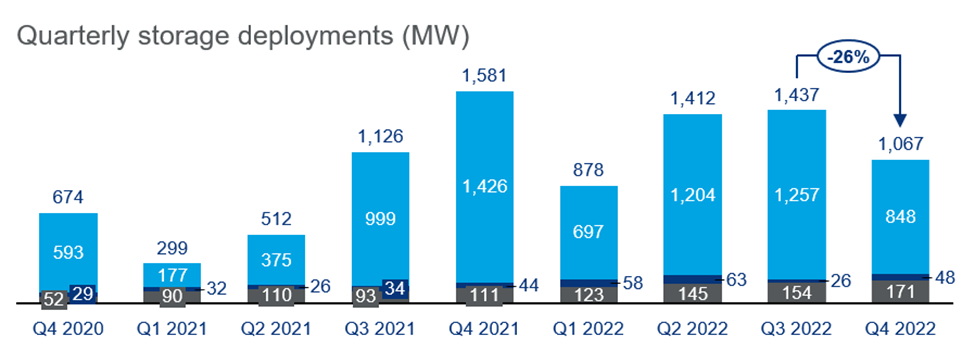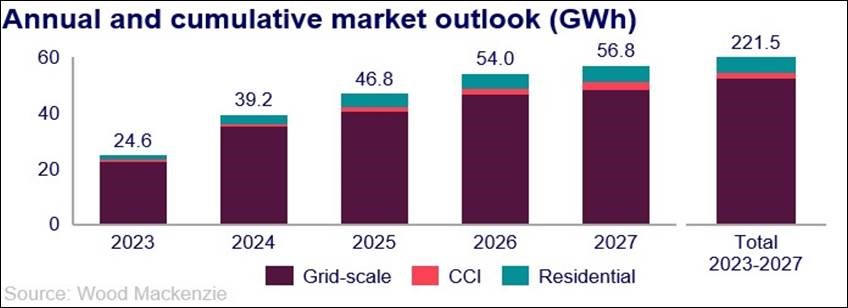Wood Mackenzie Solar & Energy Storage Summit

Houston, TX – The energy transition is accelerating, but headwinds remain, according to experts at the Wood Mackenzie Solar & Energy Storage Summit held this week. Industry leaders convened to address critical challenges and opportunities facing the solar and energy storage sectors.
The summit, a key industry gathering, spotlighted strategies for navigating supply chain constraints, policy shifts, and technological advancements crucial for scaling renewable energy deployment and meeting ambitious decarbonization targets.
Summit Highlights: Key Takeaways
The Wood Mackenzie Solar & Energy Storage Summit, held this week, underscored the industry's rapid growth trajectory. Discussions centered on maximizing efficiency, improving grid integration, and optimizing project financing in the face of economic uncertainties.
Supply Chain Resilience
Supply chain vulnerabilities continue to plague the solar and storage industries. Speakers emphasized the need for diversification and strategic sourcing to mitigate risks associated with raw material availability and geopolitical tensions.
Strategies discussed included investing in domestic manufacturing capabilities and fostering stronger partnerships with suppliers from diverse regions. This aims to create a more robust and reliable supply chain.
Policy and Regulatory Landscape
The Inflation Reduction Act (IRA) remains a significant catalyst for renewable energy growth. However, clarity on implementation guidelines and long-term policy stability are crucial for unlocking its full potential.
Panel discussions explored the impact of state-level policies and regulatory frameworks on project development timelines and investment decisions. Streamlining permitting processes and addressing interconnection bottlenecks were identified as key priorities.
Technological Innovations
Advancements in battery technology are driving down costs and improving energy storage performance. Experts highlighted the potential of next-generation batteries, including solid-state and sodium-ion chemistries.
Innovative solar technologies, such as bifacial modules and high-efficiency cells, are also contributing to increased energy production and reduced levelized cost of energy (LCOE). Integration of AI and machine learning for grid optimization was another recurring theme.
Financing and Investment Trends
Access to capital remains a critical enabler for solar and storage projects. Summit participants discussed innovative financing mechanisms, including green bonds and project finance structures.
The rising interest rate environment poses challenges for project economics, necessitating strategies to enhance project bankability and attract institutional investors. Long-term power purchase agreements (PPAs) are increasingly important for securing project revenues.
Who, What, Where, When, How
Who: The Wood Mackenzie Solar & Energy Storage Summit brought together industry leaders, policymakers, investors, and technology providers.
What: The summit focused on the challenges and opportunities facing the solar and energy storage sectors, including supply chain resilience, policy implications, technological advancements, and financing trends.
Where: The event took place in Houston, Texas.
When: The summit was held this week, with specific dates undisclosed.
How: Through keynote speeches, panel discussions, workshops, and networking sessions, participants shared insights and strategies for navigating the evolving energy landscape.
Data and Statistics
According to Wood Mackenzie analysis presented at the summit, the global solar market is projected to reach over 300 GW of annual installations by the end of the decade, driven by decreasing costs and increasing demand for clean energy.
Energy storage deployments are also expected to grow exponentially, with cumulative installed capacity potentially exceeding 1,000 GWh by 2030. This growth is supported by declining battery prices and increasing grid flexibility needs.
The IRA is estimated to unlock hundreds of billions of dollars in investment in renewable energy and energy storage projects over the next decade. The key is a smooth and consistent regulatory execution of the act.
Challenges and Obstacles
Despite the optimistic outlook, significant challenges remain. Supply chain disruptions, permitting delays, and interconnection bottlenecks continue to hinder project development.
Grid modernization is essential to accommodate the increasing influx of renewable energy. Investing in transmission infrastructure and advanced grid technologies is crucial for ensuring grid reliability and stability.
The Path Forward
Collaboration and innovation are essential for overcoming these challenges and accelerating the energy transition. Participants emphasized the need for closer partnerships between industry, government, and research institutions.
Standardized permitting processes, streamlined interconnection procedures, and long-term policy certainty are crucial for fostering investor confidence and unlocking the full potential of solar and energy storage.
Conclusion: Immediate Actions and Next Steps
The Wood Mackenzie Solar & Energy Storage Summit concluded with a call for immediate action to address critical challenges and capitalize on emerging opportunities. Industry stakeholders are urged to prioritize supply chain diversification, advocate for streamlined permitting processes, and invest in grid modernization.
Wood Mackenzie analysts will continue to monitor market trends and provide insights to inform strategic decision-making. Future industry events will focus on tracking progress and assessing the impact of policy changes on the solar and storage sectors.



